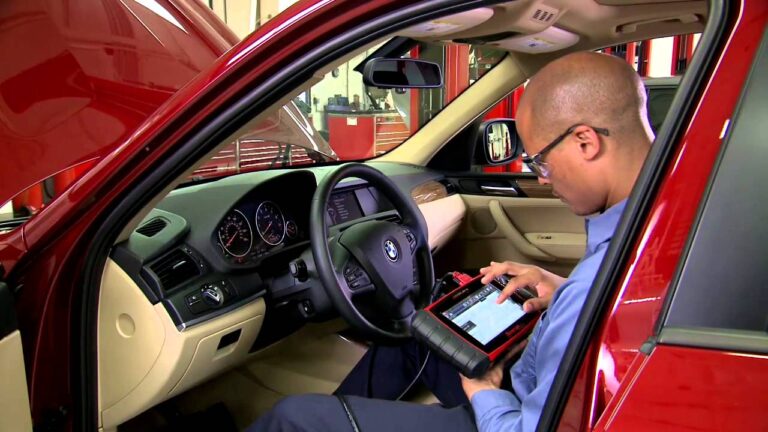Learn with passion to live with purpose.
Our program was developed in response to the current state of education in schools worldwide. The absence of vocational training in high schools leaves many adults unprepared to tackle everyday problems. This lack of basic repair and mechanical skills can result in significant expenses for families who must pay to fix their personal property. Individuals with strong mechanical abilities have the potential to earn hundreds of dollars each month to support their families by repairing their own vehicles, addressing electrical issues at home, fixing plumbing problems, mending broken lawn equipment, and servicing household appliances, among other tasks.
Impact statistics
The decline in vocational training in high schools compared to previous decades, such as the 1980s, has significant impacts. Here are some statistics that illustrate the consequences of this trend

Decline in Enrollment

Career Readiness

Increased Debt

Skills Gap

Economic Impact

Earning Potential
These statistics highlight the significant impact of the decline in vocational training on workforce readiness, economic stability, and individual earning potential, reinforcing the need to reinstate and enhance vocational programs in high schools.
Speaking with our youth is just one of the ways we can give back to our communities. We at Everythingtech are very passionate about our lives, family, our journeys, and our need to share our trials and tribulations. Our messages of struggles and hope can and will transform and change the lives of the people we encounter via our volunteerism.



